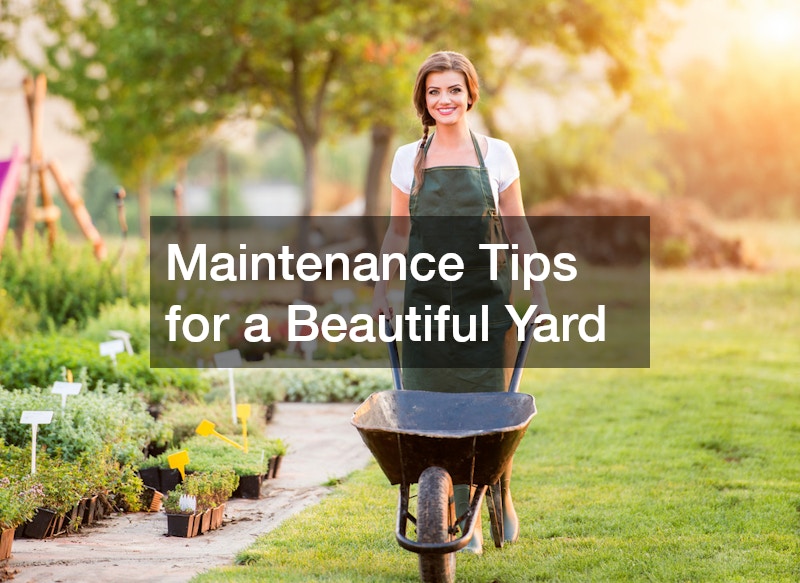Introduction
The exterior of your home is the first impression it makes on visitors and passersby, and it’s essential in establishing curb appeal and overall aesthetic value. A thoughtfully designed exterior can significantly boost your property’s value, making it a wise investment whether you’re looking to sell or simply aiming to create a more enjoyable living space. This article will provide expert tips and innovative ideas on how to design the exterior of your home, ensuring it not only looks stunning but also feels coherent and functional. We will delve into various aspects that need consideration, such as understanding your home’s architectural style, selecting the right materials, choosing complementary colors, integrating landscaping, enhancing exterior details, incorporating energy-efficient features, and working with design professionals. By comprehensively addressing these areas, you can create an exterior that’s both beautiful and timeless.
1. Understanding Your Home’s Architectural Style
Identify Your Home’s Architectural Style
Understanding your home’s architectural style is crucial for making informed design choices. Common architectural styles include Colonial, Modern, Craftsman, and many others, each with its own unique characteristics. Recognizing these features helps in selecting appropriate design elements, materials, and colors. For instance, Colonial homes often feature symmetry and classical details, whereas Modern homes embrace clean lines and minimalism. Identifying your home’s style ensures that any exterior design decisions you make will enhance its inherent beauty rather than clash with its structural elements.
Matching Design Elements to Architectural Style
- Use of materials, colors, and features appropriate to the style
Once you have identified your home’s architectural style, it’s essential to match design elements that are harmonious with it. Material choices are particularly significant; for instance, wood siding complements a Craftsman-style home, while stucco suits a Mediterranean style. Color schemes also play a significant role; traditional homes might favor neutral tones, whereas contemporary homes can experiment with bold colors. Attention to detail, such as window styles and door designs, should respect the architectural context to ensure coherence.
2. Selecting the Right Exterior Materials
Popular Exterior Materials and Their Benefits
- Wood siding, brick, stone, stucco, vinyl
- Pros and cons of each material
Choosing the right materials for your home’s exterior is essential for both aesthetics and functionality. Wood siding is a popular choice for its classic look and natural appeal; however, it requires regular maintenance to prevent rot and damage. Brick is another traditional material, known for its durability and timeless charm, although it can be costlier to install. Stone and stucco are versatile materials that can fit a range of architectural styles but come with varied installation and maintenance needs. Vinyl is a more affordable option, known for its low maintenance, but may not offer the same high-end look as natural materials.
Considering Climate and Maintenance
- Choosing materials suited to local climate
- Maintenance requirements and longevity
Climate plays a crucial role in material selection; some materials are better suited to specific weather conditions. For example, wood siding may not fare well in humid climates due to the risk of rotting and warping. In contrast, stucco is excellent for hot, dry climates but may not hold up well in regions with heavy rainfall. Considering the local climate will help ensure the longevity and durability of exterior materials. You may need to employ additional treatments or select engineered versions of traditional materials to withstand your region’s environmental challenges.
3. Choosing a Color Scheme That Enhances Your Home’s Appeal
Color Psychology and Home Exteriors
- How color influences perception and mood
- Popular color schemes for different styles
The colors you choose for your home’s exterior can significantly affect its overall perception and mood. Color psychology suggests that different hues can evoke various emotions and reactions. For instance, warm colors like red and yellow can create a welcoming atmosphere, while cooler tones like blue and green can evoke feelings of tranquility and elegance. Understanding these psychological effects can help you choose a color scheme that aligns with the vibe you want to project.
Tips for Choosing Complementary Colors
- Using accent colors, trim, and contrasting hues effectively
Effective use of complementary colors can greatly enhance your home’s appearance. Start by choosing a main color for the largest areas like the siding or façade. Then, select a complementary color for trim, doors, and other smaller surfaces. For example, a light gray main color could be paired with a charcoal trim and a bold red door for a sophisticated look. Using contrasting hues can add visual interest and highlight architectural features.
4. Designing Functional and Aesthetic Landscaping
Integrating Landscaping with Exterior Design
- Harmonizing landscaping elements with home exterior
A well-planned landscape can significantly enhance your home’s exterior design by creating a cohesive and welcoming environment. Consider your home’s architectural style and color scheme when designing your landscape to ensure a harmonious look. For example, a modern home may benefit from sleek, minimalist landscaping with clean lines, while a more traditional home might look best with lush gardens and classic flower beds. Integrating these elements helps create a unified aesthetic that ties together the home and yard.
Creating Visual Interest with Plants and Hardscaping
- Choosing plants, walkways, and outdoor features
Plants are essential in adding life and color to your home’s exterior, but the choice of plants should align with your home’s style and the local climate. Flowering shrubs, perennials, and annuals can provide seasonal color and visual interest. Evergreen plants help maintain structure and greenery throughout the year, which is essential for a balanced landscape. Arrange plants thoughtfully to create layers, using taller plants at the back and shorter ones in the front to add depth and dimension.
Maintenance Tips for a Beautiful Yard

- Seasonal care and upkeep for lasting appeal
Maintaining your yard is crucial to keeping it looking beautiful year-round. Seasonal care involves different tasks such as mulching, pruning, and planting new seasonal plants. Regularly watering and fertilizing your plants can ensure they remain healthy and vibrant throughout the year. Consistent maintenance not only keeps your yard looking fresh but also ensures that plants and hardscaping elements remain in good condition.
5. Enhancing Exterior Features and Details

Doors, Windows, and Roof Design
- Choosing styles and materials for doors and windows
- Roof design options and their impact on exterior aesthetics
The design and material choices for doors and windows are crucial for enhancing your home’s exterior. Front doors can serve as a focal point, making a statement with bold colors or intricate designs. Materials such as wood, fiberglass, or steel each offer different benefits in terms of durability and aesthetic appeal. Windows can enhance the architectural style of your home while allowing natural light to brighten the interiors. Selecting styles such as bay windows, casement windows, or double-hung windows can complement your home’s overall design theme.
The roof is another significant feature that impacts your home’s exterior appearance. Various roof designs, such as gable, hip, and flat roofs, offer different aesthetic and functional advantages. Material choices for roofing, including asphalt shingles, metal, tile, or slate, can also influence the overall look and feel of your home. Considering the architectural style and color scheme when choosing roofing materials ensures that your roof complements the rest of your exterior design seamlessly.
Adding Architectural Details
- Use of shutters, moldings, and other decorative elements
Architectural details can elevate your home’s exterior by adding unique character and charm. Shutters, moldings, and decorative trim work can enhance the visual appeal of your home and emphasize architectural features. For example, traditional homes may benefit from decorative moldings and classic shutters, while modern homes might use sleek, minimalistic trim. These elements not only improve aesthetic appeal but also contribute to the overall coherence of your design.
Conclusion
Designing the exterior of your home is an important endeavor that impacts both its aesthetic appeal and functional performance. By understanding your home’s architectural style, selecting appropriate materials, choosing a harmonious color scheme, integrating landscaping, and enhancing exterior features, you can create a stunning and cohesive look that boosts your home’s curb appeal and value. Remember, a well-designed exterior not only reflects your personal style but also contributes to a welcoming and comfortable living environment. Whether you are undertaking a complete overhaul or making subtle updates, these expert tips and ideas will guide you in creating an exterior that you and your guests will enjoy for years to come.
Incorporating energy-efficient features and working with design professionals can further refine your exterior design, ensuring that it meets both your aesthetic and practical needs. If you’re wondering how long it takes to design a custom home, keep in mind that a thoughtful and well-planned approach will lead to a more satisfying outcome, both in terms of time investment and final results.
